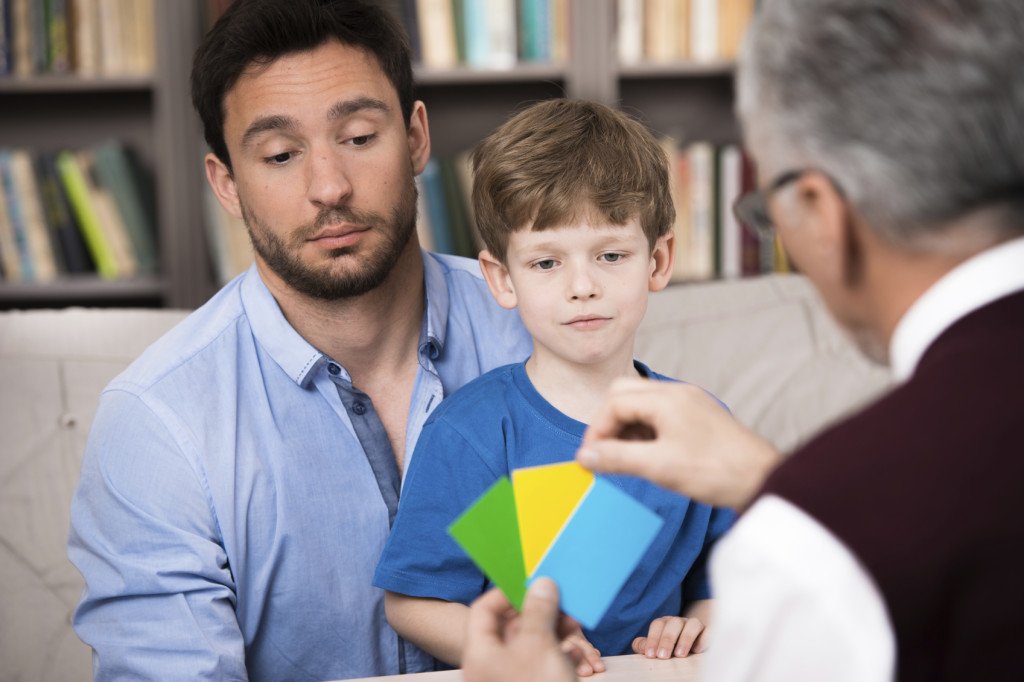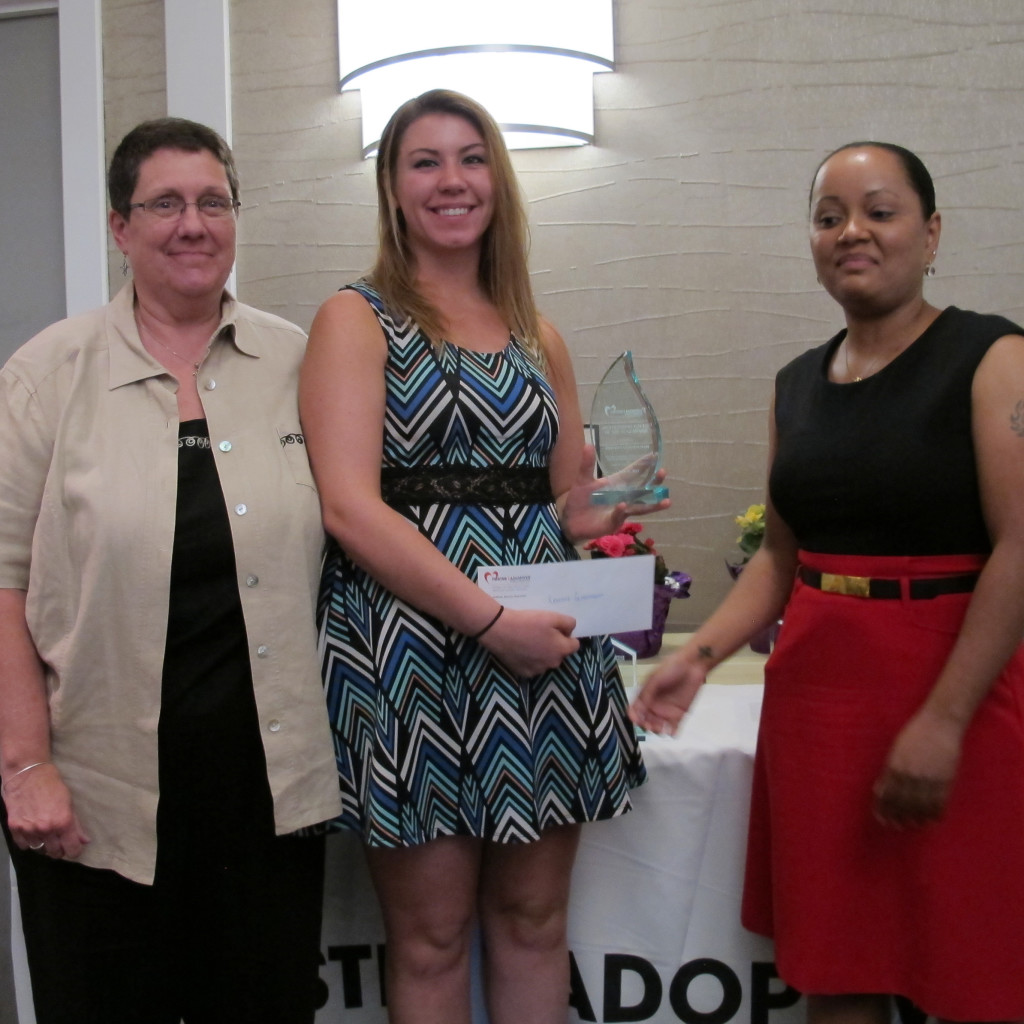Adopting a child is a fantastic reason to celebrate. It’s the culmination of an often difficult journey – one fraught with uncertainty, insecurity and frustration for parent and child alike. And while adoption signifies the end of that journey, it also signifies the beginning of another, where coming to terms with a difficult past can be just as difficult as the past itself. Thanks to post-adoption services, you and your adopted child won’t have to go it alone.
Many of the challenges associated with fostering can linger long after you’ve adopted. Adopted children all across the nation can grapple with trust issues, attachment, identity formation, getting used to new family dynamics and maintaining birth family connections. Difficulties that result from earlier experiences may be fresh in their minds as well – effects of early childhood trauma and developmental delays, to name a few. Those looking to better understand common post-adoption problems can get help on this federal website. Continue reading






